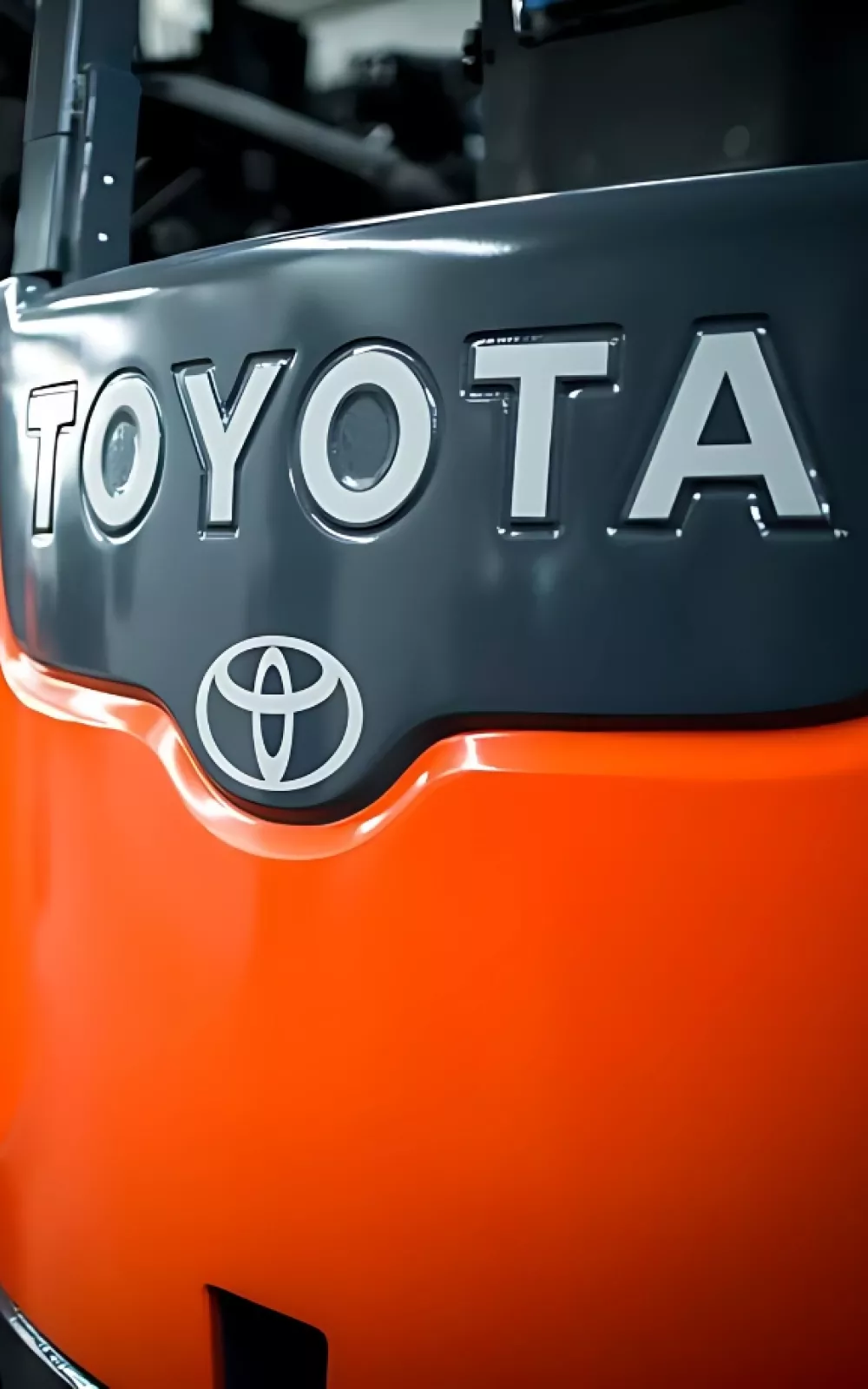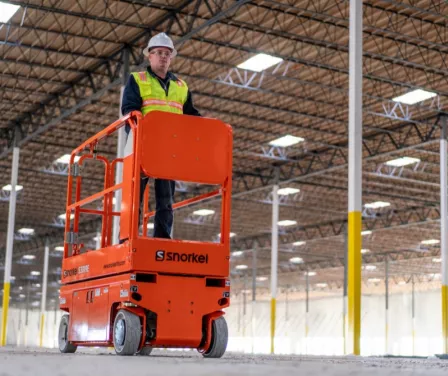Rent
ProLift offers daily, weekly, and monthly rentals. Find the right equipment for maximum productivity and safety.
Let us know how we can assist you! A ProLift specialist will connect with you to help with your material handling needs.

Understanding the basics of aerial lift lockout/tagout procedures is crucial for maintaining a safe work environment. Learn how these safety protocols protect operators and prevent accidents by ensuring proper equipment shutdown during maintenance or repairs. Stay informed and keep your team safe with essential lockout/tagout practices.

Lockout/Tagout (LOTO) procedures are a complex and varied subject for heavy equipment and material handling. Aerial lifts are one of the more difficult subjects for this safety requirement.
Due to the variety in controls, applications, and designs of aerial lifts, creating a single lockout/tagout (LOTO) procedure for all machines is challenging. For instance, a truck-mounted aerial lift would require different LOTO procedures for malfunctioning brakes than for a boom lift cylinder leak. However, there are basic steps that apply to all aerial lifts, which can then be customized to fit the specific needs of each machine and its application.
Our aerial lift safety training classes meet OSHA guidelines for classroom and hands-on evaluation. Contact ProLift to speak to our safety specialist for training options and pricing.

Continue promoting safety at your facility with our comprehensive safety training classes. ProLift offers training for both operators and trainers. Contact our safety specialist to schedule your team.
As a full-service material handling dealer, ProLift can help you with questions and solutions for your equipment, service, parts and more. Tell us how we can help.

Let us know how we can assist you! A ProLift specialist will connect with you to help with your material handling needs.
